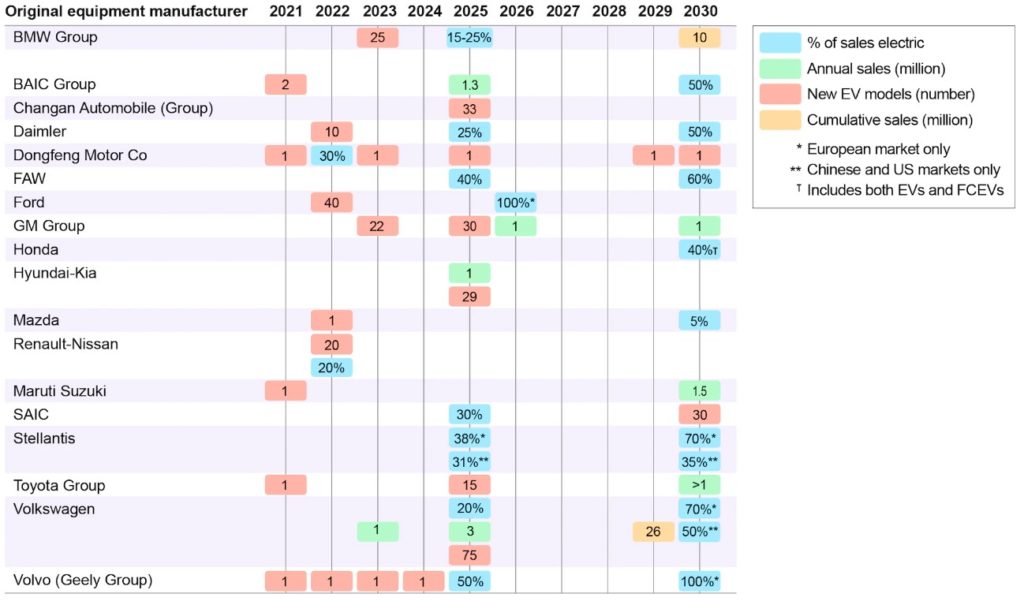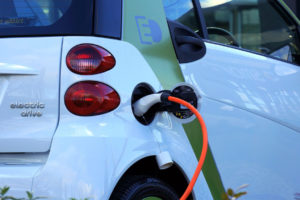In a series of blogs, we will unpack the sustainability impact of electric vehicles to demonstrate by example, how public value analytics can be used to support advocacy for adoption and incentives.
Today, the megatrend of promoting electric and hybrid vehicles is a priority for many governments and policymakers. The public value is reduction of air emissions when e-vehicles enter service replacing fossil fuel cars. Electric Vehicles make an excellent case study to demonstrate the power of public value analytics to policymakers. In a series of blogs, we will unpack this topic to demonstrate by example how public value analytics can be used to support advocacy for e-vehicle adoption and incentives.
In a series of blogs, we will look at data we can collect to build our custom public value model and advocacy story for e-vehicle energy reduction.
- Public Value of Electric Vehicles
- Part 1 of 3 – Country Electricity Production Mix
- Post 2 of 3 – Emissions of Various Modes of Electricity Production
- Post 3 of 3 – Combining Production Mix and Emissions to Develop Country-Specific Electricity Production Emission Footprint
Public Value of Electric Vehicles
Public value is in the eye of the beholder. For electric vehicles, the biggest driver of public value often is reduction in air pollution. However, promoting energy independence, often a matter of national security, as well reduction of reliance on fossil fuels to power the transportation system may well be drivers for governments. A different yet important public value may be national backing and investment in industries or supply chains that produce electric vehicles. In the global competition amongst major auto-producing nations, automotive companies can compete more favorably with greater competitive advantage backed by government incentives and investments. Public value is indeed dependent on the point of view of policymakers and how they prioritize the diverse types of public value for their country. For this case study we will focus on reduction of air pollution as the primary public value driver.
Public Value Analytics Strategy

In order to develop a public value analytics strategy, the source of electricity generation in each country that will power the charging of e-vehicles must be studied. The mix of fossil fuels (primarily coal, oil and gas) that are used in electricity generation plants and the renewable energy production contributions are unique to each country. Therefore, every kilowatt-hour of energy used to charge an electric vehicle will have its own country-specific emissions footprint. In a country with more renewable energy in its electricity production mix, the least number of emissions will be produced. In a country with the least amount renewables in its electricity production mix, there will be higher emissions.
In the next blog we will look at more detail at the energy generation emissions footprint to understand it better so we can build country-specific models.
- IEA (2021), Global EV Outlook 2021, IEA, Paris https://www.iea.org/reports/global-ev-outlook-2021 [↩]



